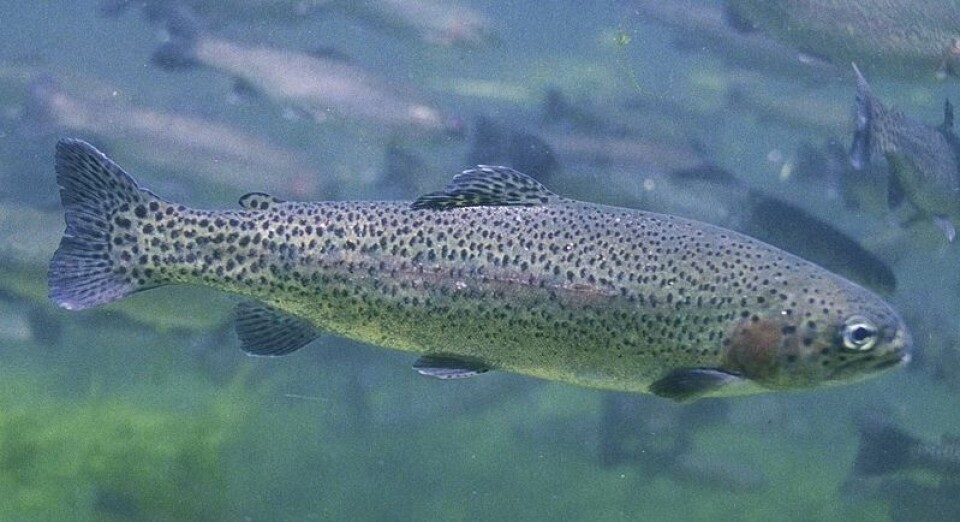
Lice treatment could cause kidney damage in trout
Repeated treatments with anti-lice drug azamethiphos could cause chronic kidney damage in rainbow trout, a study in Scotland has concluded.
Azamethiphos, an organophosphorus antiparasitic, is the most commonly used drug in salmon farming to control sea lice. Its effect is exerted by causing the inhibition of the enzyme acetylcholinesterase (AChE).
Despite its widespread use, the impact of azamethiphos bath treatments on salmonids has not been previously studied, according to the study, lead authored by Josip Barisic, who was a post-doctorate researcher at the University of the West of Scotland and is now a research associate at Ruđer Bošković Institute, Zagreb. UWS professor Brian Quinn and Stuart Cannon, founder and managing director of Kilmelford trout farmer Kames, are also listed as co-authors.
Repetitive treatments
In conjunction with Kames, the scientists carried out a study to precisely to assess the cumulative effect of azamethiphos in fish after repetitive lice treatments.
Organophosphorus compounds are not effective against juvenile stages, with only mature sea lice (stages pre-adult to adult) affected during treatment. Therefore, in order to ensure complete eradication of the lice, treatments may need to be repeated after 10 to 20 days and again after a further 14 days.
In the study, blood and tissue samples were taken from rainbow trout from Kames’ farm at Loch Melford, before and after three antiparasitic treatments, with 12 days between the first and second treatment and 21 days between the second and third treatment.
Phosphate concentration
The fish were treated in a bath containing 0.2 ppm azamethiphos for 45 minutes. Extra oxygen was added in accordance with the manufacturer’s recommendations.
The researchers discovered that serum biomarkers showed decreasing trends in total protein, albumin and potassium concentrations and an average increase in total bilirubin and phosphate concentration towards the end of the treatment period.
A proteomic analysis confirmed the alterations of the proteins involved in clot formation, immunity and binding of the haemoglobin free heme group. In addition, tissue damage evidenced after the series of treatments exhibited an increase in hemosiderin deposits.
Iron deposits
The results of the study suggested an impact of azamethiphos on trout health through intravascular haemolysis and, consequently, the pathophysiological process of the metabolism of haemoglobin and its products, causing chronic kidney damage from iron deposits, the authors of the study said in their conclusions about the observed alterations.
This is the first report that demonstrates the impact of active iron accumulation in different organs on fish from physiological processes that can seriously affect normal function, they added.
Non-chemical treatments
For this reason, they suggested that as far as possible farmers should “use less invasive non-chemical antiparasitic treatments and ensure sufficient intervals between repeated treatments to allow the fish to recover from the previous treatment”.
Additionally, during recovery from the treatment it is important to keep the fish supplied with oxygen.
Read the full study entitled “Cumulative impact of anti-sea lice treatment (azamethiphos) on health status of Rainbow trout (Oncorhynchus mykiss, Walbaum 1792) in aquaculture” here.























































